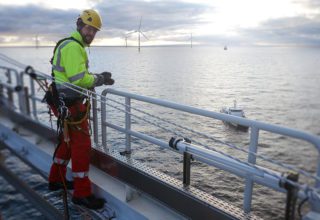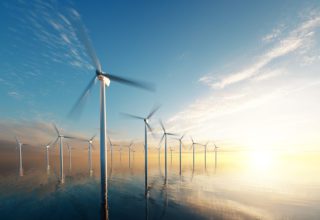Offshore Wind Development

Strong economic and policy winds are powering the clean energy movement in America that aims to decarbonize large parts of our energy system. Renewable energy from offshore wind is poised to play an important role in the energy mix of our future. Major expansion of available wind energy areas and unprecedented investment in offshore wind promises an exciting next generation of local, renewable energy growth for the United States.
Integral Consulting Inc. helps clients recognize key natural resource, environmental, cultural, and socioeconomic risks that require active management across different phases of development. We collaborate with our clients and stakeholders across disciplines, across wind energy regions, and in diverse partnerships because this next generation of offshore energy will require innovation, perspective, and creativity to achieve offshore wind’s potential to benefit the United States. We focus on finding solutions to the key “non-technical risks” that can halt projects in their tracks because they lie outside and sometimes across the jurisdictional, regulatory, and technical assessments that steer regulators and developers alike.
Integral’s extensive modeling capabilities and state-of-the-art survey tools produce a holistic understanding of the marine environment. This foundational understanding reduces risk for wind farm developers and operators while helping create sustainable approaches for all marine users.
GET IN TOUCH WITH A TECHNICAL PROFESSIONAL
This form goes to a real human who can put you in touch with the correct technical professional for your needs.
Offshore Wind Development Timeline
Each stage of development has its own challenges. Integral’s staff have the experience of helping stakeholders at each phase.
Use the timeline below to see where we can help you complete each phase of the project.







